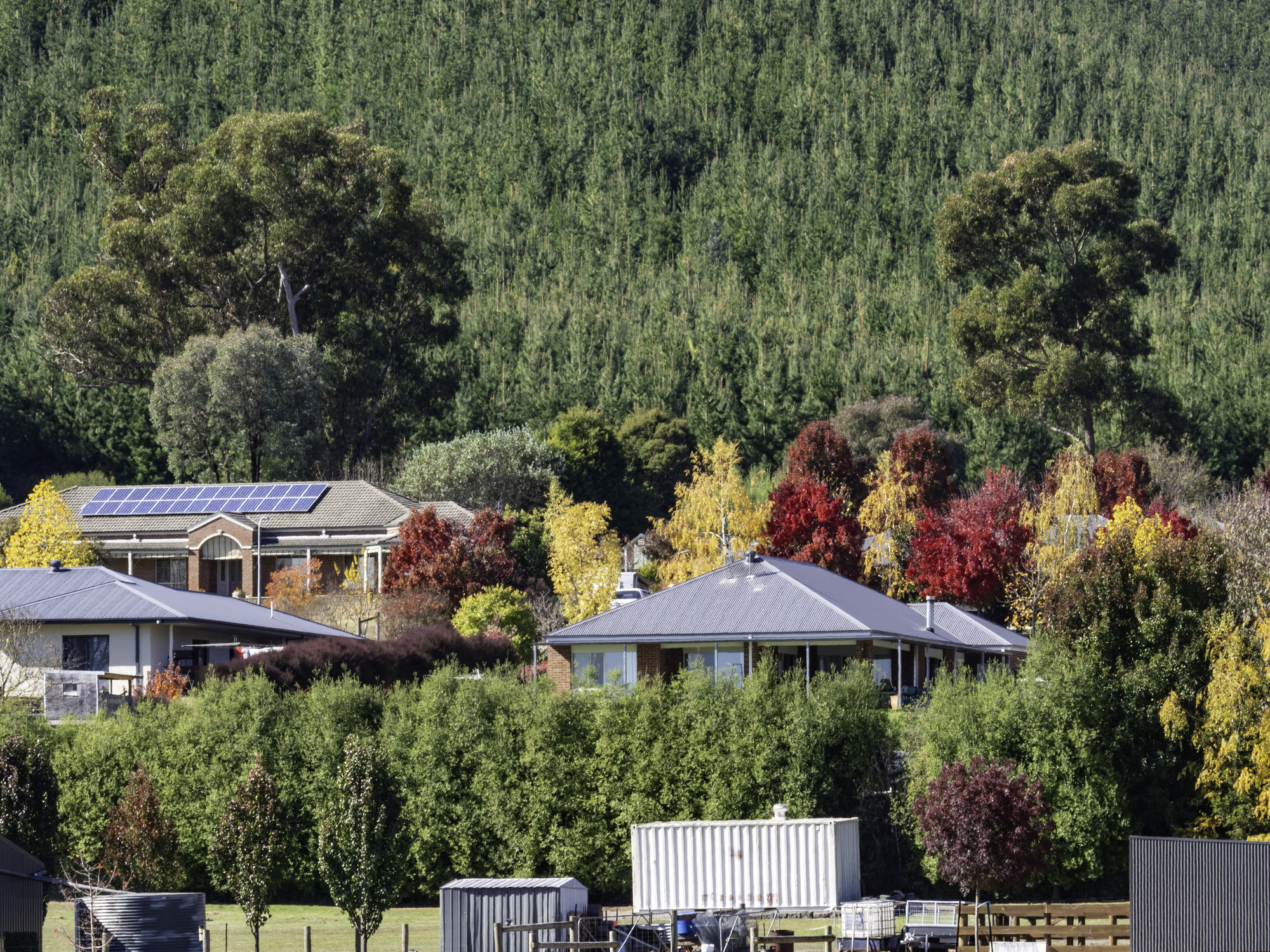Time To Take The ‘E’ Out Of ESG Investing
The decision by the boss of DWS to step down is a wake-up call to the investment industry as environmental claims come under growing scrutiny.
The days when selling ESG funds was an easy marketing ploy for fund managers are over.
Investing based on environmental, social and governance criteria has been a hugely popular new market for full-service asset managers struggling to compete with low-fee tracker funds. While this type of ethical investing can genuinely mean different things to different people, scrutiny of the environmental part of the claims is rising.
On Wednesday, Asoka Woehrmann, chief executive of DWS, Deutsche Bank’s minority-listed asset-management subsidiary, said he would resign after its coming annual general meeting. The news came the day after German authorities raided the offices of both companies amid allegations that DWS made misleading claims about ESG funds. The U.S. Securities and Exchange Commission and federal prosecutors also have ongoing probes.
ESG investing has been a boon for the industry. Fund managers have often promised investors higher returns while doing good with their money. However, ESG is a slippery concept, without widely accepted definitions, criteria and metrics. Infamously, a single company’s ESG rating can vary widely between credible credit-rating firms.
That variance isn’t unreasonable. There are many ways to combine the three criteria into one score, and for any single one there can be honest disagreement about what good or bad actually looks like. For example, some might rank Shell highly on “E” because it has a plan to decarbonize its business, or poorly because it sells oil and plans to sell natural gas for years.
However, the scope for variance in environmental ratings is starting to narrow. European officials have set new rules for different categories of sustainable investments and are working on definitions of what is and isn’t green. The SEC is also working on its own set of rules. While the standards increase the compliance burden on fund managers, they should also help ensure investors are getting what they were promised, rather than just a lot of hot air.
Concerns about greenwashing—in which reality falls short of green claims—are widespread and recent events are only fanning the flames. The SEC recently fined Bank of New York Mellon $1.5 million for misleading claims about ESG funds. DWS reported far lower “ESG assets” in its most recent annual report than “ESG integrated” assets in the prior year. A whistleblower alleged last year that its disclosure was misleading. It will now be up to a new boss to draw a thicker line under the affair.
A speech last month entitled “Why investors need not worry about climate risk” from the head of responsible investment at HSBC’s Asset Management arm, in which he argued that the financial effects of climate change would be “de minimis,” only reinforced concerns that inside thinking often doesn’t match the marketing. The bank’s executives were quick to distance themselves from the now-suspended employee’s comments.
The continuing fallout at DWS is a warning to other asset managers to stand up or scale back green claims. More broadly, the tighter rules around what qualifies as environmentally friendly, even as social and governance criteria remain less well-defined, could mean it is time to take the “E” out of ESG investing—if not retire the grouping altogether. It never helped investors, and now it isn’t much use for fund managers either.
Reprinted by permission of The Wall Street Journal, Copyright 2021 Dow Jones & Company. Inc. All Rights Reserved Worldwide. Original date of publication: June 1, 2022.
 Copyright 2020, Dow Jones & Company, Inc. All Rights Reserved Worldwide. LEARN MORE
Copyright 2020, Dow Jones & Company, Inc. All Rights Reserved Worldwide. LEARN MORE
This stylish family home combines a classic palette and finishes with a flexible floorplan
Just 55 minutes from Sydney, make this your creative getaway located in the majestic Hawkesbury region.
More than one fifth of Australians are cutting back on the number of people they socialise with
Australian social circles are shrinking as more people look for ways to keep a lid on spending, a new survey has found.
New research from Finder found more than one fifth of respondents had dropped a friend or reduced their social circle because they were unable to afford the same levels of social activity. The survey questioned 1,041 people about how increasing concerns about affordability were affecting their social lives. The results showed 6 percent had cut ties with a friend, 16 percent were going out with fewer people and 26 percent were going to fewer events.
Expensive events such as hens’ parties and weddings were among the activities people were looking to avoid, indicating younger people were those most feeling the brunt of cost of living pressures. According to Canstar, the average cost of a wedding in NSW was between $37,108 to $41,245 and marginally lower in Victoria at $36, 358 to $37,430.
But not all age groups are curbing their social circle. While the survey found that 10 percent of Gen Z respondents had cut off a friend, only 2 percent of Baby Boomers had done similar.
Money expert at Finder, Rebecca Pike, said many had no choice but to prioritise necessities like bills over discretionary activities.
“Unfortunately, for some, social activities have become a luxury they can no longer afford,” she said.
This stylish family home combines a classic palette and finishes with a flexible floorplan
Just 55 minutes from Sydney, make this your creative getaway located in the majestic Hawkesbury region.






















